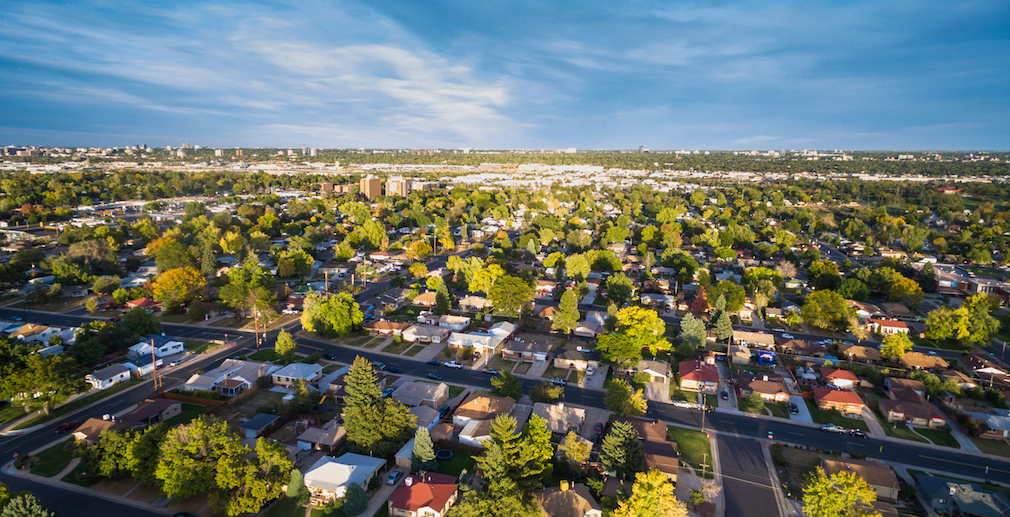In the years following the financial crisis, mortgage lenders turned their attention to the jumbo mortgage market as high-end clients proved to be a safe and profitable bet.
But now, recent trends taken a toll on the jumbo market, causing volume to fall 12% in the last year, according to a recent article in The Wall Street Journal. This outpaces the decline of the overall mortgage market by 5%.
Last year, there were $281 billion in jumbo originations – the WSJ said, citing data from Inside Mortgage Finance – down 27% from its 2016 post-crisis peak.
Why the downturn? Low refi volume, for one. Jumbo business includes a significant amount of refinance action because even a slight drop in rates can make a huge difference on a large payment.
On top of that, the WSJ said a slowing economy and new tax laws that reduce incentives for big home purchases are hurting the jumbo market.
And, home price appreciation is slowing, with the high end of the market taking the biggest hit. List prices for the most expensive third of homes rose just 6% in the last year, while the middle third rose 9% and the bottom third rose 16%, the WSJ said.
Hoping to get more out of their investment, some high-end homeowners are opting to stay put.
While the WSJ said Bank of America and Union Bank – which do substantial jumbo activity – are looking to focus more on smaller loans, most other lenders aren’t budging, sticking to their jumbo strategy despite the market’s backslide.
“Still, there are few signs banks are changing tack. If anything, industry watchers say, they are becoming more competitive,” the WSJ noted. “Banks tend to keep jumbo loans on their balance sheets rather than selling them to investors, which means they can offer lower rates without worrying about whether that will make the loans less attractive to investors.”






